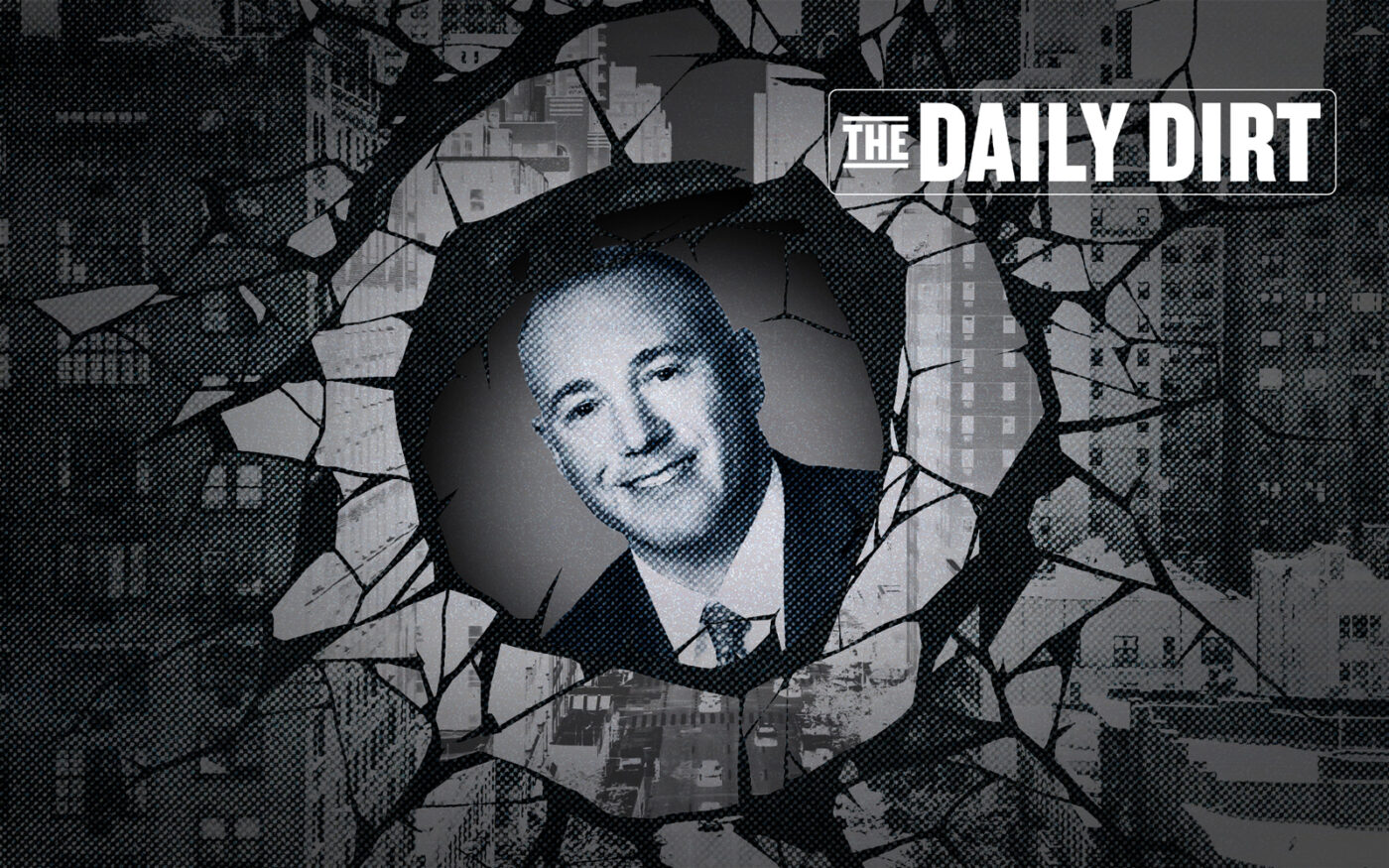New York’s rent-stabilized sector has become a focal point of distress and is now causing trouble at New York Community Bank.
The regional lender has found itself at the epicenter of the crisis thanks to its exposure to the sector — 22 percent of its loan book is tied to rent-stabilized buildings in the city. In late January the bank’s stock lost half its value after executives slashed dividends, in part to prepare for losses tied to those loans.
The root of the problem is the 2019 rent law overhaul, which severely restricted landlords’ ability to increase rents. Then came eviction moratoriums, soaring interest rates and rising operating costs, creating a perfect storm for landlords.
Looking back, Sugar Hill Capital Partners may have been the canary in the coal mine. The firm scooped up rent-stabilized buildings with comically bad timing — months before the city passed its new rent law. By November of 2022, its portfolio was in trouble, and the firm defaulted on tens of millions of dollars in debt.
Many onlookers tried to cast Sugar Hill as a villain that got what it deserved, TRD’s Suzannah Cavanaugh wrote last September. But other owners’ defaults and distress have since cast doubt on that narrative.
In August, an NYCB subsidiary initiated foreclosures against eight properties in the Bronx and Brooklyn. A month later, City Skyline Realty defaulted on $26 million in debt tied to five properties in Upper Manhattan. Isaac Kassirer of Emerald Equity Group considered handing his $110 million portfolio to his lenders after defaulting on the debt. Then, last week, Icon Realty Management failed to pay off $172 million in multifamily loans.
Some landlords have avoided default by cutting and running from their properties, with many selling at a loss.
Taconic Partners was among the first major landlords to do so, offloading a portfolio of Bronx properties to InterVest Capital Partners for $60 million, after having spent $100 million on the portfolio. Barberry Rose Management sold 16 rent-stabilized buildings for $47 million in September, seven years after purchasing them for $84 million. Two months later, 788 Riverside Drive traded for $10.2 million, 26 percent below the asking price. Last week, a pair of rent-stabilized buildings on the Upper West Side traded for $31 million, a 64 percent discount from their $85 million sale price in 2013.
Barring an unexpected change to state law, more trouble is on the horizon for rent-stabilized landlords and lenders.
—
What we’re thinking about: Did I miss any major cases of rent-stabilized distress? Send a note to david.westenhaver@therealdeal.com.
—
Closing Time
Residential: The priciest residential closing on Friday was $9.1 million for condominium unit 7B at 378 West End Avenue on the Upper West Side.
Commercial: The most expensive commercial closing of the day was $10 million for a commercial space in Williamsburg. Permits were filed Feb. 12 to convert it into a 29-unit, mixed-use building.
New to the Market
The priciest home to hit the market Friday was co-op unit 3C at 785 Fifth Avenue in Lenox Hill for $4.75 million. Doreen Fuentes of Brown Harris Stevens has the listing.
Breaking Ground
The largest new building filing of the day was a 15,600-square-foot multifamily building at 402 Manhattan Ave in Williamsburg. Design Studio Associates filed the permit application. — Matt Elo
—
A thing we’ve learned: There’s more than one island between Manhattan and Queens named after a public servant with ties to New York. Just below Roosevelt Island sits U Thant Island, named after the Burmese diplomat U Thant, who served as secretary-general of the United Nations from 1961 to 1971. The island is less than an acre and was formerly known as Belmont Island.
Elsewhere in New York
— The New School in Manhattan is looking to sell the West Village townhouse that has traditionally served as its president’s residence, according to the New York Times. The school, facing a $52 million budget shortfall, listed the townhouse for $20 million.
— New York’s new congressional map may look very similar to the current one, Gothamist reports. The Independent Redistricting Commission proposed modest changes, notably favoring Democrats in a Syracuse district. The panel approved the map with a rare bipartisan vote of 9-1, though it still needs to get past the Democrat-dominated state legislature. Republicans have threatened to sue if Democrats reject it.
— The number of construction worker fatalities in New York City rose to 24 in 2022, from 20 in the previous year, according to The City. The year-old data comes from an analysis by the New York Committee for Occupational Safety and Health. The analysis found 90 percent of workers at the 39 sites OSHA inspected following fatalities were nonunion.
